Path of Exile 2: Content Update Timeline
" You really should stop using words you don't understand. My position hasn't changed. " You have gone through great lengths to agree with me that the environments are different. Are you now trying to backpedal and claim Standard and the current league are the same? " This entire discussion you've been vomiting hypotheticals of how detecting issues in Standard will throw a wrench in the whole process. Yet now, you don't think that detection is realistic? You can't even remain consistent within your own flawed arguments. " And detecting A's issues in Standard during the middle of League B affects B's 'stability and player experience during peak engagement'. See? Either way, an hotfix for Standard is spun out in the middle of a current league.Nothing has changed. Last edited by LeFlesh#9979 on Jul 18, 2025, 10:28:44 AM
|
|
" Concurrent release has the same cost as the current setup. Thus, switching to concurrent release has a net cost of zero. " Okay. Since anything Standard would detect is irrelevant, GGG can go ahead and concurrently release it with the league. " But not for Standard. The environments are completely different, remember? " This already happens. |
|
" Yes it is. Once B begins, A's new content is deployed in Standard during B's launch. The only thing that changes is potentially earlier problem detection. |
|
" " Yep, as it was said "you could calculate a chance to win instead of hoping for a luck only.", see - you could calculate instead of hoping. You could calculate that you'll require 400 attempts to get item, but you could also craft it with 1 or 1000. You've ignored part about early-leveling crafting because you haven't arguments to win this point. You've ignored part about farming currency crafts for sale for same reason. " No, it's not the make craft broken - it make you learn how craft works, what Tags mean, what is weight, how to use awakener orbs/recomb without wasting real currency. It's useful tools for new players to calculate how much you need currency to craft you item and how currency works. Talking about broken: to build character and play POE2 you need to use POB, for easy trade you need to use trade-companion/awakener trade/overlay, for buying services you need to use TTT discord, for buying something you need for your build - live search. Isn't each aspect of the game completely broken, or only craft targeting you so much? " Why not? I think that's good, it's giving a game another taste and more depth. The game already has a requirement to be PhD in POB for building character or you'll be smashed with white mob. " What nostalgia about Harvest are you talking about, it's existing in the game. " Gatekeeping with extra steps exist in any other part of the game. Selling knowledge is just another pros for determenistic craft " [Removed by Support] " Most players don't want to spend hours leveling character, so what? Talking about fossils - it's 3 clicks and 1 minute waiting, not hours. The only thing you need to do - select mods and how much fossils (1,2,3,4) you want to use in one crafting attempt. It would suggest you an optimal combination. It's that easy. " It's not crafting. It's currency spam. It's just gatekeeping for players who haven't a bunch of currency and 1000 of divines in the stash " You've just throwing broken item away, yep. Nice craft, at least you shouldn't wonder, why would you. [Removed by Support] Last edited by ThomasK_GGG#0000 on Jul 24, 2025, 9:18:37 PM
|
|
"Right, so now you're moving goalposts faster than a rigged carnival game. "Beast/essence/harvest farm are first steps" - sure, if your definition of "first steps" includes understanding spawn rates, mod weightings, and optimal atlas passives. Most casual players never even touch harvest crafting because they can't figure out what half the options do. Your "parallel" logic about POE1 being good regardless of POE2's issues completely sidesteps the actual comparison. We're not talking about whether POE1 crafting exists alongside other problems - we're talking about whether it's actually better than POE2's approach. And this whole "imagine having to learn the game" snark? There's a difference between learning game mechanics and requiring spreadsheet knowledge to not waste hundreds of hours of currency farming. Acting like that's normal game design is peak Stockholm syndrome. The "different variations" argument falls apart when most of those variations still boil down to RNG with extra steps. Having 15 different ways to gamble doesn't make it less gambling - it just makes it more confusing. As for your harvest nostalgia question - yes, POE2 has runes for early leveling needs like resistances and attributes. Simple, straightforward, no need to memorize reforge probabilities or augment/remove ratios. But keep defending a system where the optimal strategy involves alt-tabbing to calculators every five minutes. |
|
|
loooool you guys are having the debate of the century over nothing in this forum xD
Edit: also lmao to the people complaining "its almost a 5 month league" poe1 almost had a 1 year league you will be fine my guys. Last edited by Knusperwurst#4214 on Jul 21, 2025, 4:29:35 AM
|
|
|
Please fix all the Crossbow issues related with dodge roll and switching weapon skills.
Bring off-hand gear to all two handed weapons and only some of them. It's unfair. Change Crossbow skills to have DPS style and nit only DMG and make them fast attack as other weapons. Crossbow is unplayable right now in Endgame and there is a big injustice balance about damage compared to other weapons. |
|
|
Wow, a lot of bored people in this thread. lol
|
|
|
Please! Make Minions Great Again!
|
|
" "pedals" Do you mean petals? |
|




































